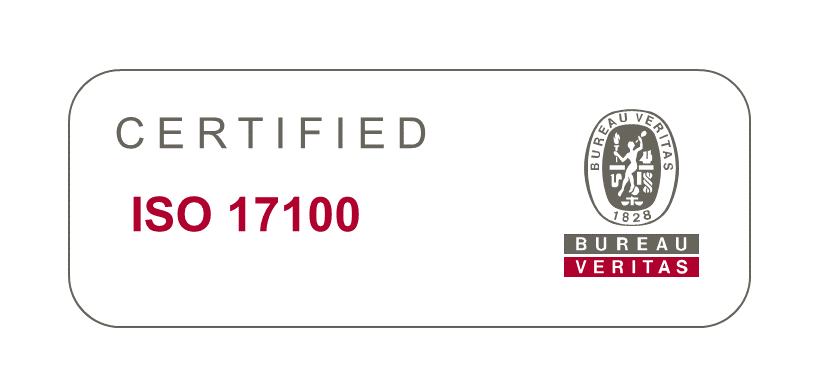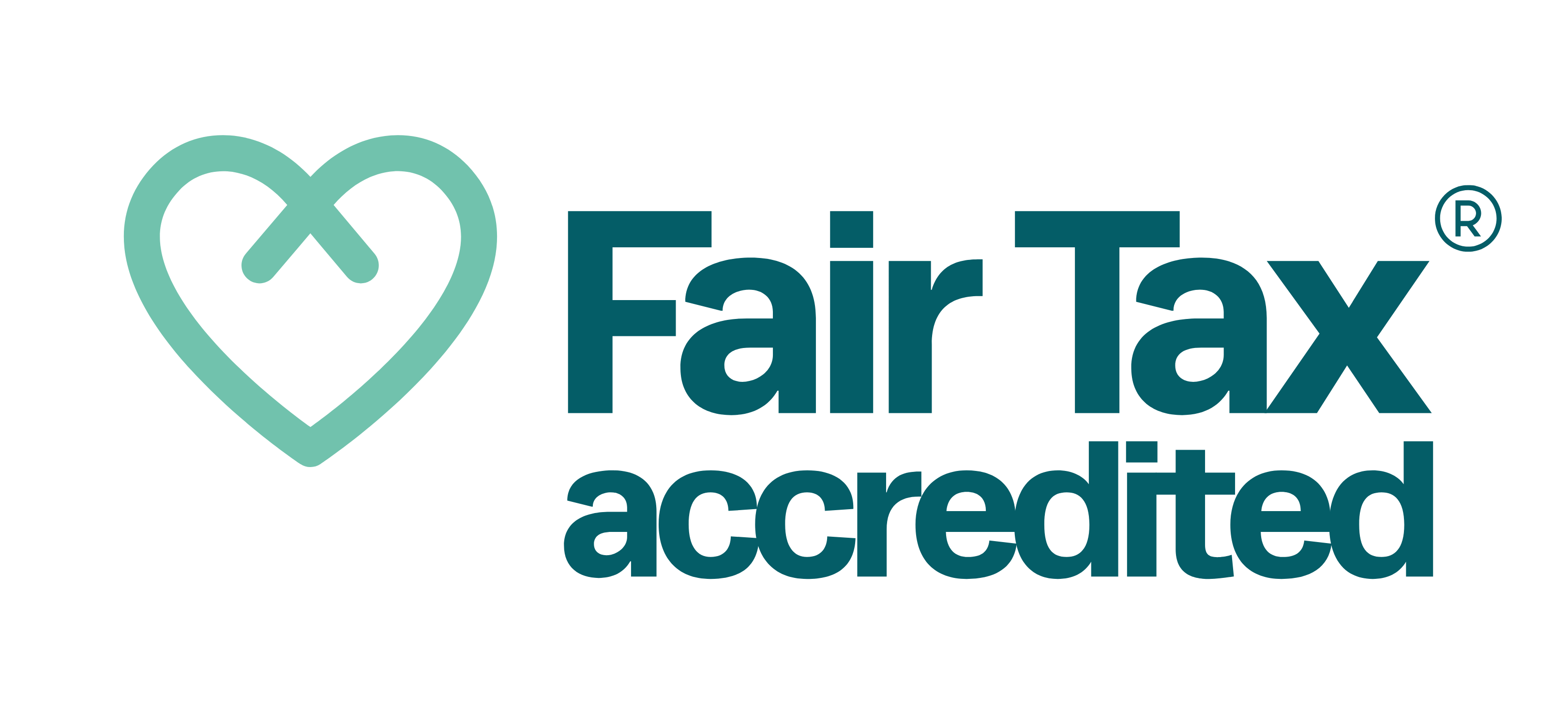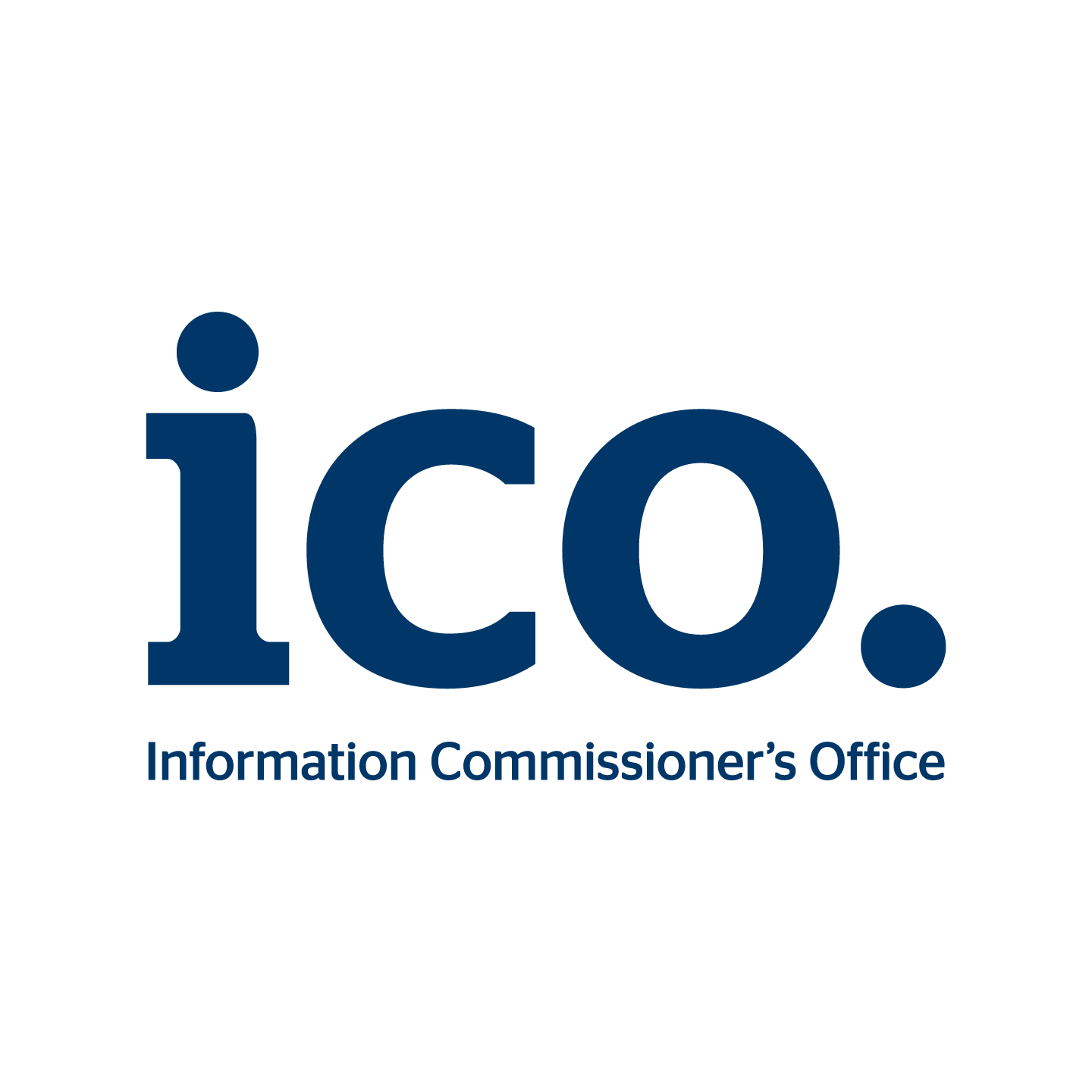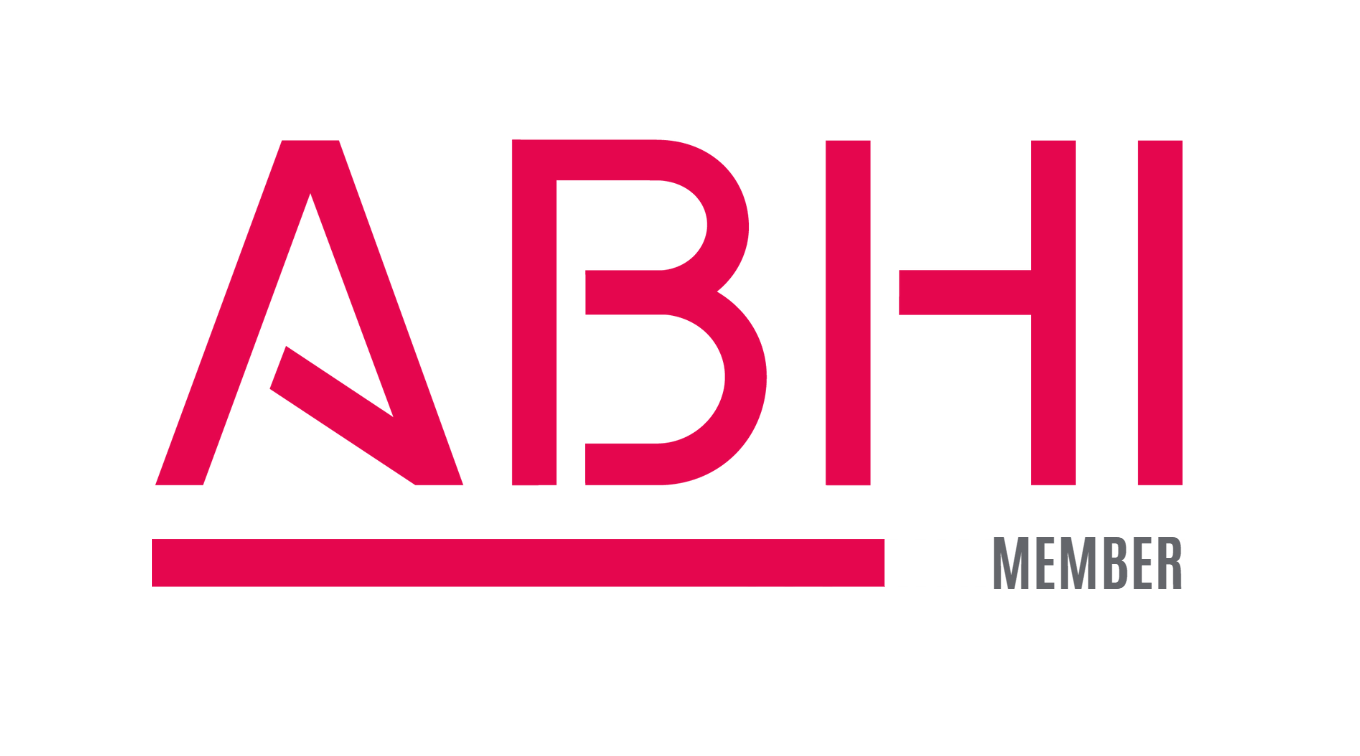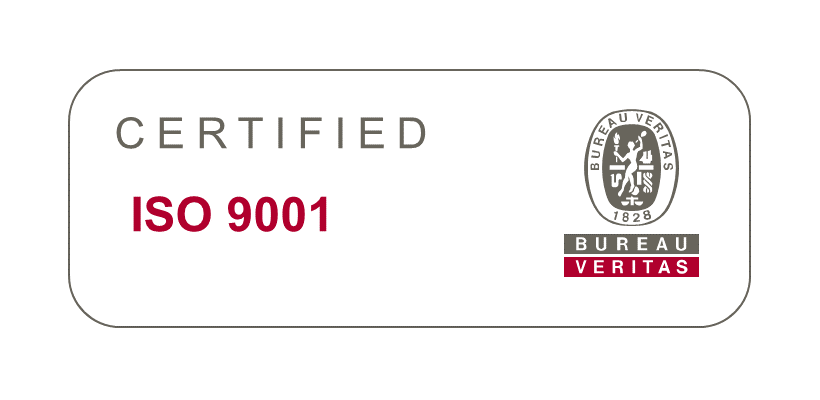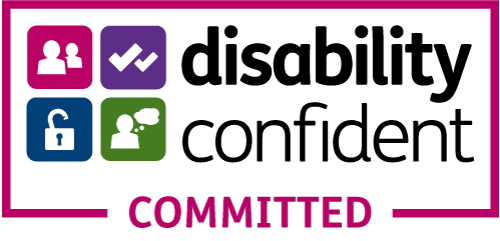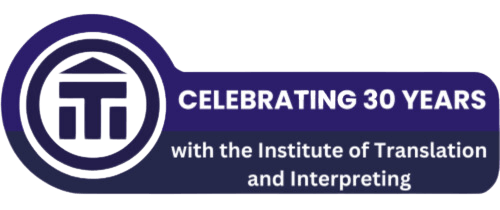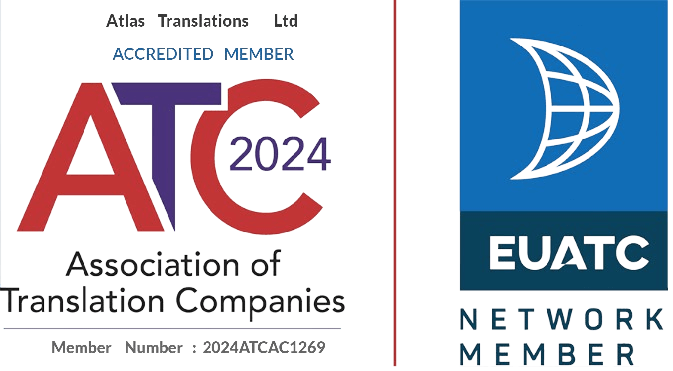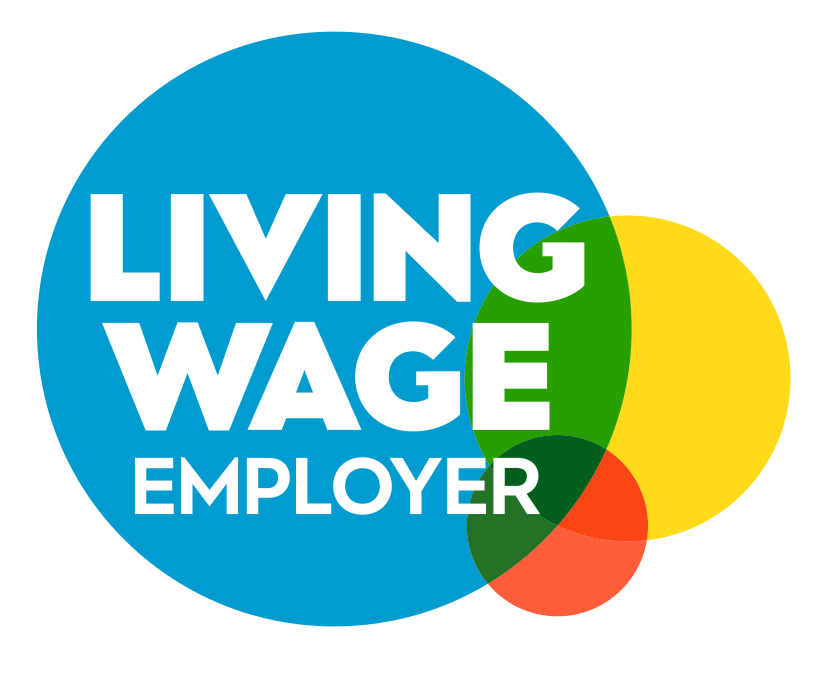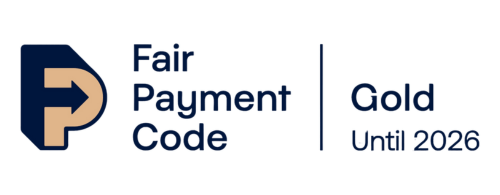Is simultaneous translation by computer getting closer?
When choosing my major in translation and interpreting, I still remember how one of my friends pointed out, to my great disappointment, that in 20 years time language would be processed by machine. Not even 10 years have passed and speech recognition software and translation oriented devices are slowly making their entrance into the market promising to take us back in time to the pre Babel era.
Technology advances always add to human performance. Translators know how much computer assisted translation can save time in terms of workload and research. Still, human intervention is needed to produce a text free from inaccuracies.
As for simultaneous translation, the term itself suggests no time for revision.
People who have tried speech recognition software, claim that there is a successful outcome when the speaker makes use of standard and basic terminology and the speed and pace of speech are slow in order for the program to recognize combinations of phonemes and translate them. Use of simple words and time to think are the exact same ideal conditions interpreters would hope for when performing their tasks but are rarely given the privilege.
Unfortunately, language is not just a stream of sounds and words whose pace can be slowed down. Hoping for Italian politics to resort to down to earth talk is just unfeasible.
It is true that the statistical and phoneme recognition approaches on which automatic translation software relies have proven to be effective in finding matching occurrences amongst languages. However, for now it has failed in preserving the source context and maintaining accuracy in complex sentences, as languages differ in structure and more than often lack word to word correspondence.
Another aspect of language that may be hard to automate is its cross cultural nature; processing references to history, traditions, food, customs, values, mistakes and sense of humour is a constant reminder of how hard translating culture can be.
Undoubtedly, we will see even greater achievements in speech recognition devices, which will help us communicate with the locals when on holidays in remote corners of the world, but hopefully not to the point where human mediators are taken over completely by computers.

